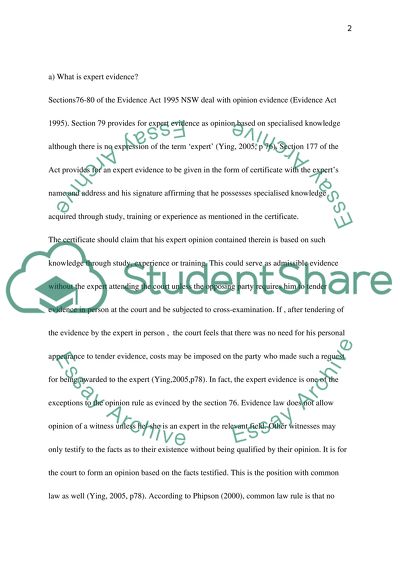Cite this document
(“Decision of the High Court of Australia in Dasreef Pty Ltd v Hawchar Essay”, n.d.)
Retrieved de https://studentshare.org/engineering-and-construction/1391134-decision-of-the-high-court-of-australia-in-dasreef-pty-ltd-v-hawchar
Retrieved de https://studentshare.org/engineering-and-construction/1391134-decision-of-the-high-court-of-australia-in-dasreef-pty-ltd-v-hawchar
(Decision of the High Court of Australia in Dasreef Pty Ltd V Hawchar Essay)
https://studentshare.org/engineering-and-construction/1391134-decision-of-the-high-court-of-australia-in-dasreef-pty-ltd-v-hawchar.
https://studentshare.org/engineering-and-construction/1391134-decision-of-the-high-court-of-australia-in-dasreef-pty-ltd-v-hawchar.
“Decision of the High Court of Australia in Dasreef Pty Ltd V Hawchar Essay”, n.d. https://studentshare.org/engineering-and-construction/1391134-decision-of-the-high-court-of-australia-in-dasreef-pty-ltd-v-hawchar.


